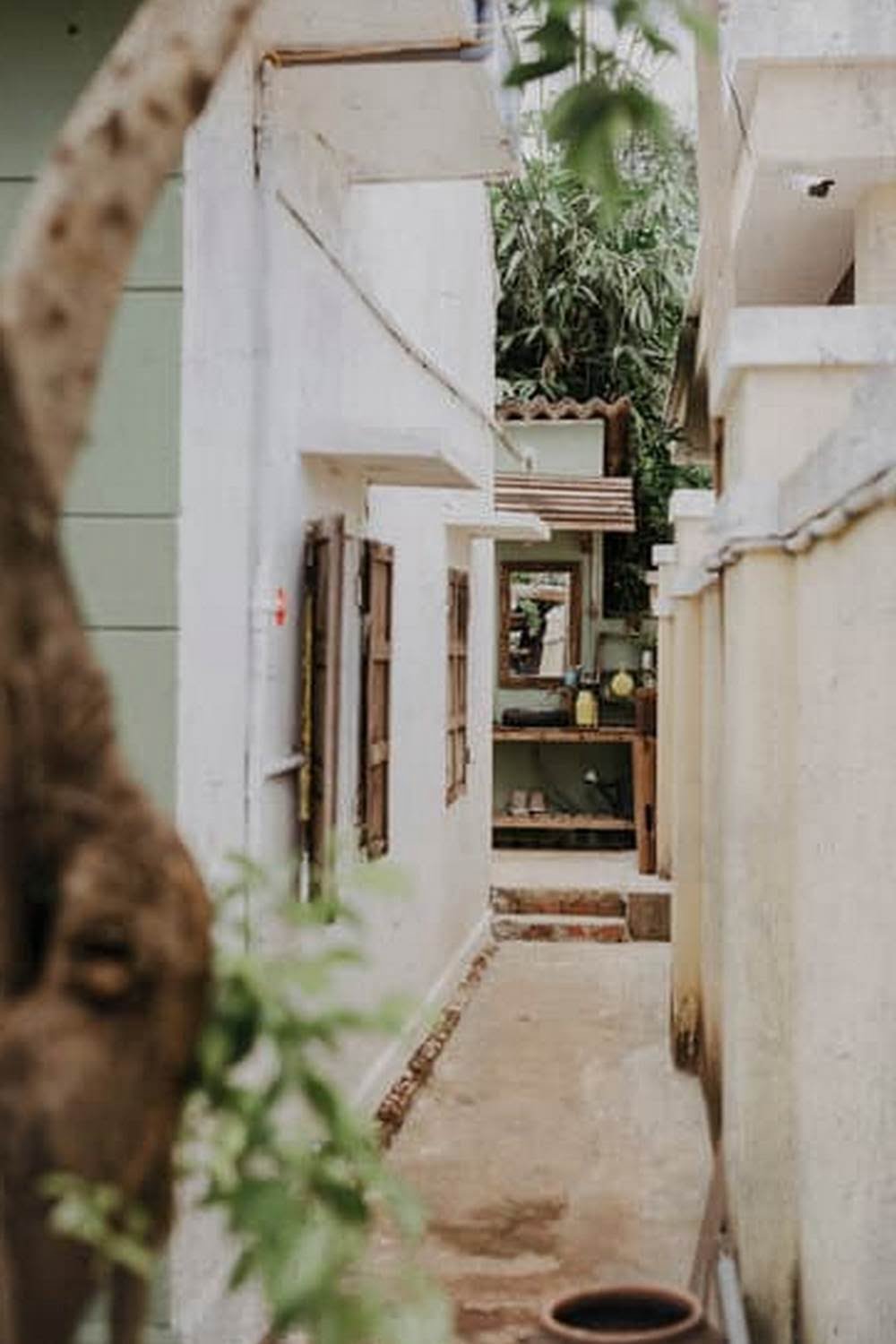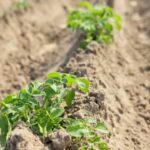Preparing Vegetable Garden Soil For Spring
The best way to ensure a bountiful vegetable garden is to start with rich, healthy soil. The process of improving soil for a vegetable garden is called amending. This is a simple process that can be done in any garden, no matter the size.
There are many ways to amend soil. The most important part is to add organic matter to the soil. This can be done by adding compost, manure, or other organic matter. The organic matter will help to improve the soil structure, add nutrients, and help to retain moisture.
In order to prepare your soil for spring, you will need to test the pH level and amend as needed. The pH level of the soil should be between 6.0 and 7.0 for optimum vegetable growth. You can test the pH level with a soil testing kit, available at most garden centers. If the pH level is not within the correct range, you can add lime or sulfur to the soil to adjust it.
Once you have tested the pH level, it is time to add the organic matter. Start by adding a 2-inch layer of compost to the top of the soil. Then, use a garden fork to mix the compost into the soil. Add more compost, and mix well. If the soil is very dry, you can add a little water to help the compost absorb.
Repeat this process until the soil is amended to your liking. Be sure to mix the soil well, so that the amendments are evenly distributed. Now your soil is ready for planting your vegetable garden!
Best Soil For Vegetable Garden
The best soil for vegetable gardens is a mixture of loam, sand and organic matter. The loam provides good drainage and the organic matter helps to retain moisture. The sand helps to loosen the soil and provides aeration.
What Type Of Soil To Use In Vegetable Garden
There are many factors to consider when planting a vegetable garden, but one of the most important is the type of soil you use. Different types of soil have different nutrients and moisture levels, which can affect the growth and yield of your vegetables.
If you have heavy clay soil, for example, you’ll need to add some organic matter to it to improve the drainage and make it more fertile. Sandy soil, on the other hand, will need to be amended with organic matter to help it retain moisture.
No matter what type of soil you have, it’s important to add some organic matter to it before planting your vegetables. This will help to improve the structure of the soil and provide nutrients for your plants.
You can either buy organic matter from a garden center, or you can make your own by composting. Composting is a process of breaking down organic matter, such as leaves, grass clippings, and vegetable scraps, into a rich, dark soil amendment.
If you don’t have time to compost your own organic matter, you can also buy composted manure or composted bark. Be sure to read the label to make sure that the compost is safe for vegetables.
Once you’ve added the organic matter to your soil, it’s time to test the pH level. The pH level of your soil is important, because vegetables have different pH preferences. Some vegetables, such as tomatoes, prefer a soil with a pH of 6.5-7.0, while other vegetables, such as cabbage, prefer a pH of 6.0-6.5.
You can test the pH level of your soil with a pH meter, or you can use a soil test kit. If the pH level of your soil is not within the preferred range for your vegetables, you can add lime or sulfur to adjust it.
Once you’ve amended your soil and adjusted the pH level, it’s time to plant your vegetables! Be sure to read the planting instructions for each vegetable to make sure you’re planting them in the right type of soil.
Sta-Green Flower & Vegetable Garden Soil Plus Fertilizer Ph
osphorus
Sta-Green Flower & Vegetable Garden Soil Plus Fertilizer Phosphorus is a water-soluble, granular fertilizer that is specially formulated for use in flower and vegetable gardens. The phosphorus in this fertilizer helps to promote vigorous growth, deep green foliage, and abundant blooms. Sta-Green Flower & Vegetable Garden Soil Plus Fertilizer Phosphorus is also formulated with a wetting agent to help ensure good coverage and penetration of the soil.
When used as directed, Sta-Green Flower & Vegetable Garden Soil Plus Fertilizer Phosphorus will help to keep your plants looking their best. The phosphorus in this fertilizer is also important for the development of strong root systems, so be sure to use it regularly for the best results.
Vegetable Garden Soil Calculator
When it comes to gardening, the soil is key. The type of soil you have, the pH level, and the nutrients in the soil all affect how well your plants grow. If you want to grow a vegetable garden, you need to make sure your soil is in good condition.
One way to test your soil is to use a soil calculator. A soil calculator can help you determine the pH level and nutrient levels of your soil, as well as how much fertilizer you need to add to make your soil more fertile.
To use a soil calculator, you first need to determine the size of your garden. Then, you need to gather a soil sample from your garden. The easiest way to do this is to use a soil probe. A soil probe is a metal rod with a pointed end that you use to poke holes in the soil. Once you have a soil sample, you can place it in a plastic bag and take it to your local garden center to have it tested.
Once you have the results of your soil test, you can enter the information into a soil calculator. Most soil calculators will give you a list of plants that are best suited for your soil type, as well as the amount of fertilizer you need to add to your soil.
If you want to start a vegetable garden, it is a good idea to test your soil and use a soil calculator to determine the best type of soil for your garden and the amount of fertilizer you need to add. By taking these steps, you can ensure that your plants will grow healthy and strong.

If you’re looking to get into vegetable gardening, or are just looking for some tips on how to make your current garden better, then you’ve come to the right place! My name is Ethel and I have been gardening for years. In this blog, I’m going to share with you some of my best tips on how to create a successful vegetable garden.





